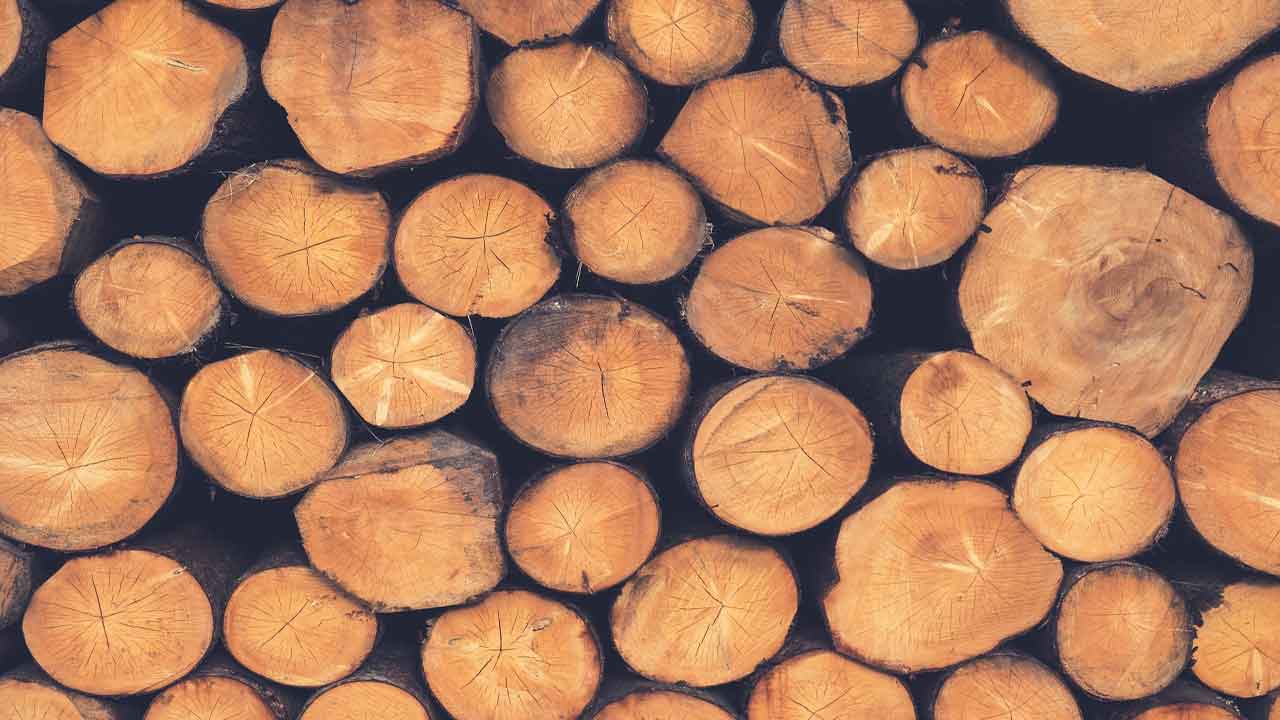Building with timber is a popular choice for many construction projects, but it is easy to make mistakes along the way, especially when it comes to timber connectors.
These small yet vital components hold everything together, and if something goes wrong, it could compromise the entire build. Many people do not realise how simple errors can lead to costly repairs or even make a structure unsafe.
Understanding how to avoid these common mistakes is essential for ensuring your project lasts. When you know what to watch for, you can prevent expensive errors and keep your construction work on track.
Staying informed about timber connector best practices can save you time, money, and future frustration.
Using the Wrong Wood Connectors
Using the wrong timber connector is one of the most common mistakes that can easily ruin a project. Not all connectors are designed for the same purpose, so using the wrong type can leave your build vulnerable.
For example, a connector designed for light loads may not withstand the demands of a heavy-duty structure, which can lead to instability or even collapse over time.
Selecting the correct timber connectors based on your project’s requirements is essential. If you are working on a frame, consider the load-bearing capacity and the size of the timber you are using.
Choosing connectors that meet the specific needs of your build gives the structure the best chance of lasting for years.
Another important factor is the type of timber. Different timbers require different connectors, so make sure your choice is compatible.
This is especially crucial when working with treated timber or timber exposed to the elements, as certain connectors perform better in outdoor or high-moisture conditions.
Poor Installation of Wood Connectors
Installing wood connectors incorrectly can have long-term consequences. If the connectors are not placed or appropriately tightened, they won’t provide the stability they’re meant to.
This can lead to weak spots in your structure, which over time will cause it to shift or deteriorate. Pay close attention to the manufacturer’s instructions, as skipping steps or ignoring guidelines is a surefire way to ruin your work.
A frequent installation error is misalignment. When connectors are not aligned correctly, the timber can be joined unevenly, weakening the overall structure. Another issue occurs when insufficient screws or nails are used, which can cause connectors to loosen.
Using the wrong tools during installation can also result in improper placement or damaged materials. Taking the time to do each step correctly, even if it takes longer, will improve the strength and durability of your build.
Not Considering Load-Bearing Capacity of Joinery Hardware
Many builders overlook the load-bearing capacity when choosing joinery hardware. Each timber connector is designed to handle a specific load. Ignoring this can result in overloading, causing joints to fail or the structure to shift.
For instance, a connector intended for lighter applications will not perform well under heavy stress, which can lead to costly repairs and safety risks.
Before selecting connectors, calculate the load each one will bear. This is particularly important for large projects such as timber-framed houses, decks, or pergolas, where safety and stability are essential.
Consider how weight is distributed across the structure. Some sections may need stronger connectors to support additional loads.
Choosing connectors that are appropriately rated for the weight and stress they will face ensures the build remains secure and balanced.
Ignoring Environmental Conditions
Environmental factors such as moisture, temperature changes, and insect activity can significantly affect timber connectors. Moisture can cause the timber to expand or contract, placing stress on the connectors.
In humid areas, non-resistant connectors may corrode, which weakens the joint over time.
Select timber connectors that suit your specific environmental conditions.
Stainless steel connectors are often ideal for areas with high humidity or coastal exposure because they resist rust and corrosion. In regions with extreme heat or cold, choose connectors that can tolerate temperature fluctuations without compromising performance.
If your project is outdoors, opt for moisture-resistant connectors and fasteners. Neglecting to do so can lead to rust, decay, or corrosion, which shortens the life of the structure.
Protecting connectors from environmental wear helps ensure that your build remains solid and durable for many years.
Neglecting Wear and Tear
Timber connectors do not last forever. Over time, they can loosen, corrode, or weaken, especially when exposed to the elements. Ignoring this can compromise the structural integrity of the build. Conducting regular inspections is a simple but effective way to catch issues early.
Routine maintenance should include checking for rust, tightening screws, and replacing any damaged connectors.
Cleaning away dirt or debris that might cause corrosion also helps extend their lifespan. Regular inspections reduce the risk of expensive repairs and keep your structure safe.
If you are unsure about the condition of your connectors, consider hiring a professional to inspect them. An expert can identify problems that might not be obvious and recommend appropriate maintenance or replacement options.
Wrap Up
Avoiding these common timber connector mistakes is crucial for keeping your build strong, safe, and long-lasting. Take the time to choose the right connectors, install them correctly, and inspect them regularly. These small details make a significant difference in the overall success and durability of any timber structure.
Do not underestimate the importance of getting your timber connectors right. Proper selection, installation, and maintenance can save you from costly problems in the future and ensure that your project stands the test of time.
